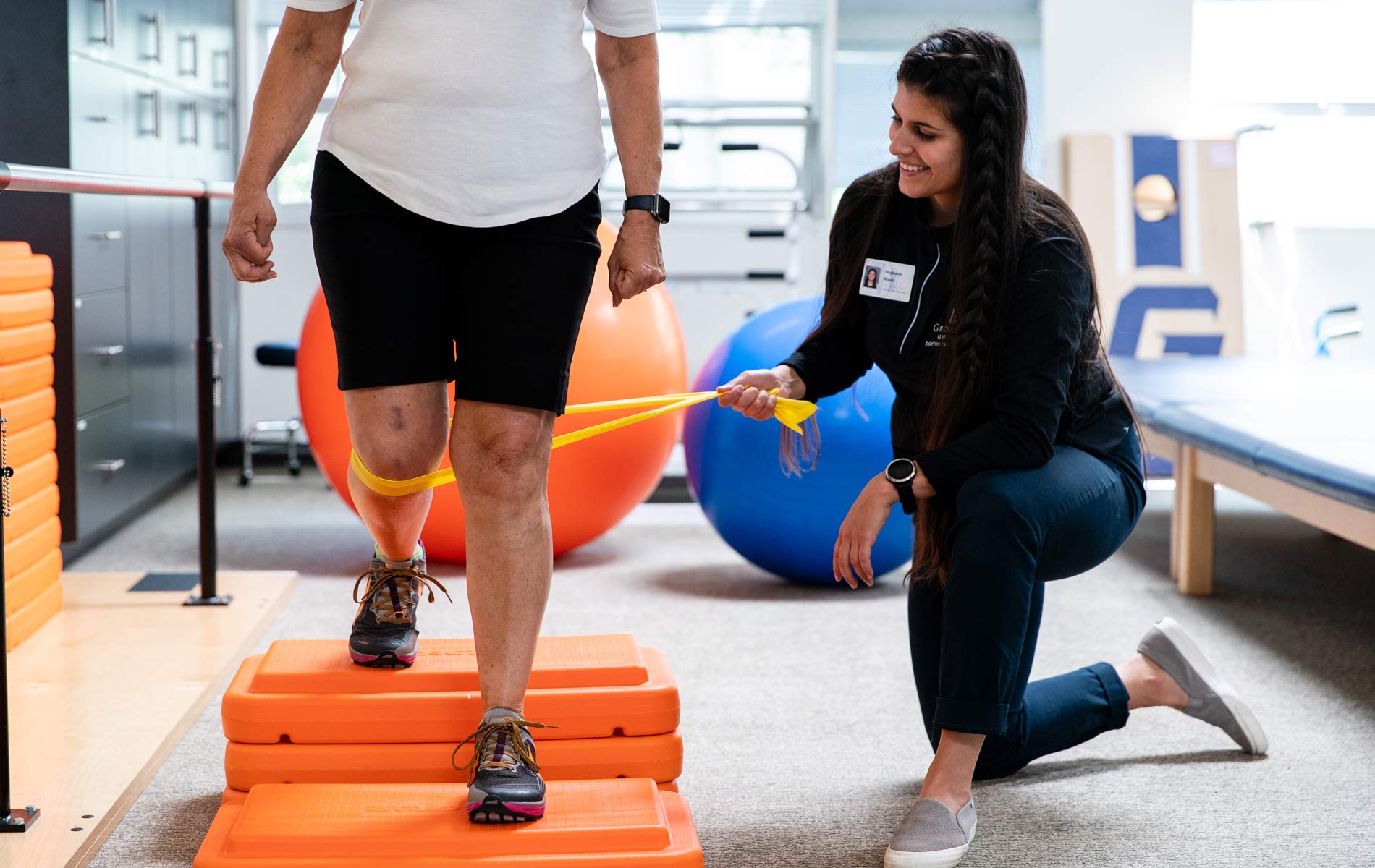Enhancing Performance and Minimizing Injury Risk via Comprehensive Evaluation of Balance and Stability through Practical Mobility Assessment.
Enhancing Performance and Minimizing Injury Risk via Comprehensive Evaluation of Balance and Stability through Practical Mobility Assessment.
Blog Article
Balance and stability are crucial components of physical fitness and overall health. They play a critical part in everyday tasks, athletic capability, and harm prevention. When an individual has strong balance and stability, they are less likely to fall or sustain injuries during physical exercises. One efficient way to evaluate these attributes is through Practical Motion Assessment (FMS). FMS is a method used to analyze motion styles and recognize discrepancies or deficiencies that could result to harm.
Practical Motion Assessment includes a sequence of particular tests that assess how effectively a individual functions. The tests concentrate on basic actions such as squat, lunging, and bending. By observing these actions, coaches and medical professionals can determine areas where an individual may struggle. For instance, if someone has difficulty maintaining balance while performing a squatting, it may suggest a need for specific workouts to enhance power and control. This evaluation not only identifies weaknesses but also helps to track progress over time.
In addition to this to recognizing areas for enhancement, FMS plays a vital role in preventing injuries. Many injuries occur as a consequence of inadequate motion mechanics, which can be detected through functional evaluations. By tackling these problems early on, individuals can reduce their risk of injury during sports or other bodily exercises. For instance, a runner who demonstrates an imbalance in their stride may be increasingly prone to knee injuries. By adjusting these discrepancies through specific training programs, the likelihood of harm can be substantially reduced.
Furthermore, enhancing capability is another advantage of conducting a comprehensive evaluation of about this balance and stability. Sportspeople and engaged individuals often seek to enhance their capability in specific sports or tasks. A comprehensive understanding of their motion patterns allows trainers to develop customized exercise regimens that target particular deficiencies. By improving balance and steadiness, sportspeople can improve their overall capability, whether it’s jogging faster, jumping taller, or performing precise movements in their activity.
In conclusion, the importance of evaluating equilibrium and stability through Functional Motion Assessment cannot be overstated. This comprehensive evaluation serves as a foundation for improving bodily wellness, preventing harm, and visit the website improving athletic capability. By recognizing areas of weakness and implementing specific training strategies, people can achieve better outcomes in their bodily activities. Emphasizing equilibrium and stability not only results to better capability but also adds to a more wholesome, more energetic way of life.